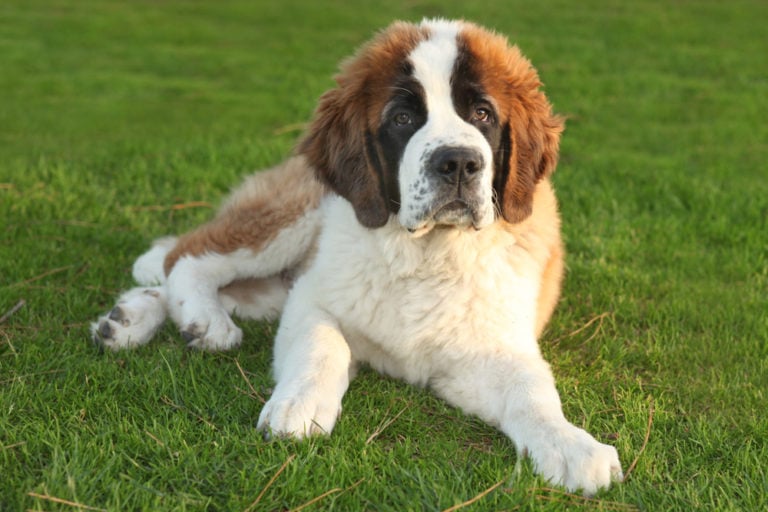15 Reasons Why Owning A Miniature Schnauzer Isn’t For Everyone
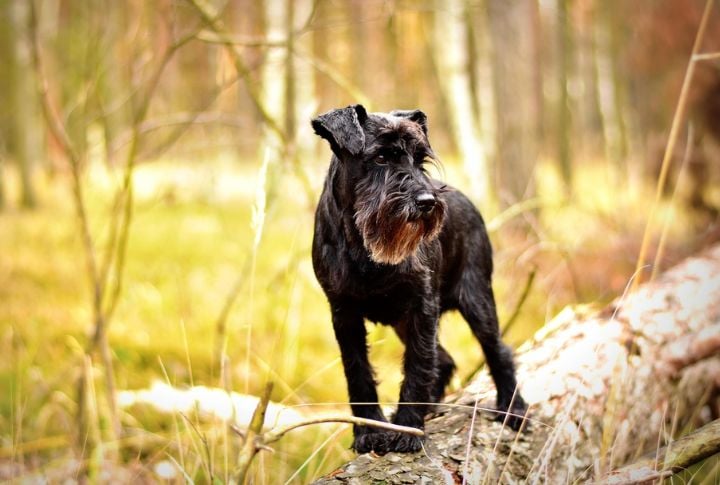
Miniature Schnauzers bring charm, intelligence, and a bold personality packed into a compact frame. But despite their popularity, this breed isn’t the right fit for everyone. They are unique in many ways, and understanding them will ensure a better match for both dog and owner. Here are 15 things to consider before getting a Miniature Schnauzer.
High Grooming Demands
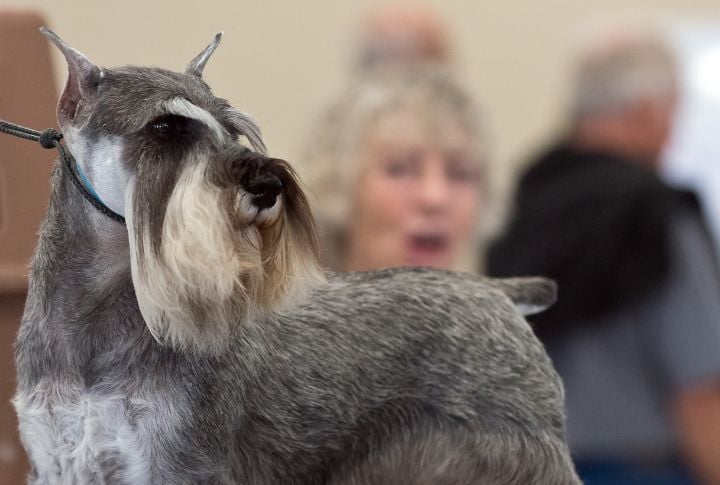
Maintaining a Miniature Schnauzer’s iconic beard and wiry coat isn’t low-maintenance. The breed’s signature look depends on consistent upkeep, not just occasional trims. Their double-layered fur requires brushing several times weekly and professional grooming every 6–8 weeks. Without proper care, mats and skin irritation can develop.
Prone To Barking

Originally bred to be watchdogs, Miniatures are vocal by nature. They quickly alert their owners 0.to unfamiliar sights and sounds, which can become a nuisance in noise-sensitive environments. Effective training can reduce excessive barking, but the dog’s instinct to sound the alarm rarely disappears.
Needs Daily Mental Stimulation
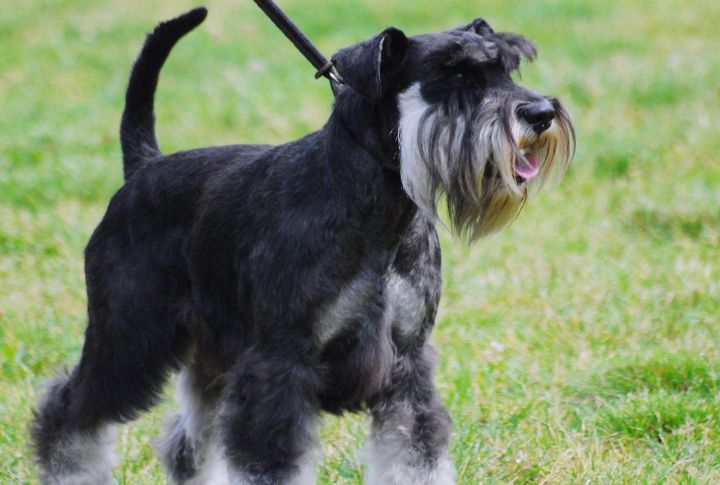
Miniature Schnauzers are highly intelligent and easily bored. Without puzzle toys, varied walks, or basic training routines, they may resort to digging or chewing. These dogs thrive on interactive play and tasks that challenge their minds—idle days often lead to destructive habits rooted in frustration.
Strong Prey Drive

Chasing squirrels or birds is hard-wired into the Miniature’s DNA. Its terrier lineage fuels a strong prey drive, and off-leash freedom in unsecured areas can lead to quick escapes. Households with pets like hamsters or cats should carefully consider the dynamics before bringing one home.
Can Be Stubborn During Training
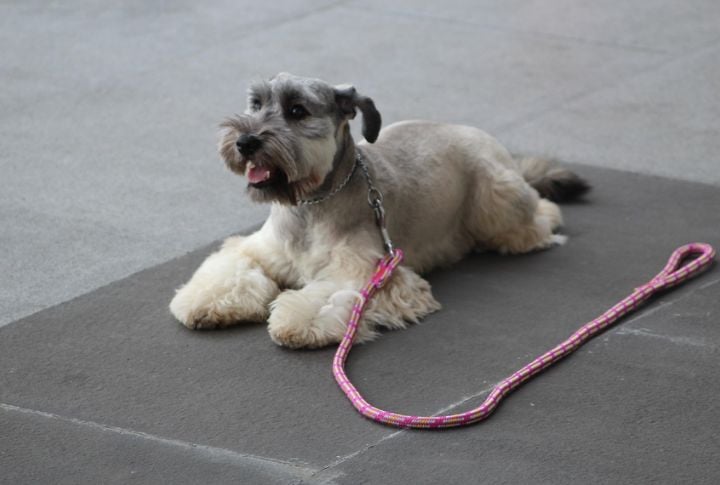
While they learn commands quickly, Miniature Schnauzers can be headstrong and independent thinkers. Harsh corrections backfire; they respond best to positive reinforcement and consistency. A poorly handled training approach often leads to selective listening and recurring behavioral issues in adulthood.
Requires Daily Exercise
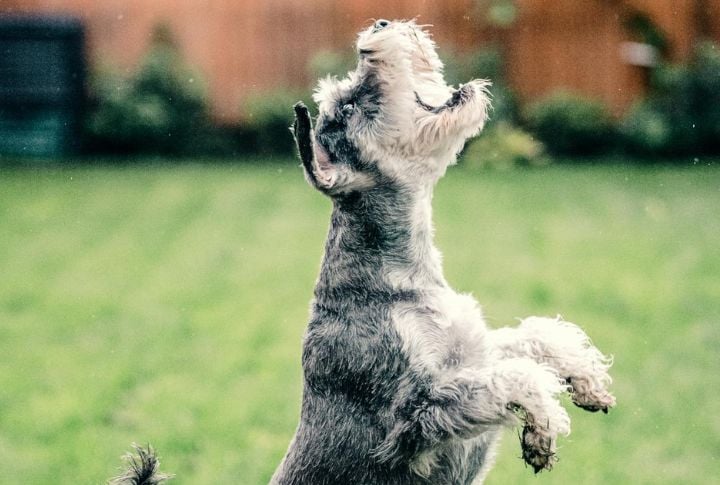
Despite its size, the Schnauzer has energy to burn. A quick walk isn’t enough—expect to dedicate 45 minutes or more each day to walking or playing. Without this outlet, it may become restless or disruptive indoors. Apartment dwellers must be committed to keeping up with the dog’s physical needs.
Great With Older Kids, Less So With Toddlers
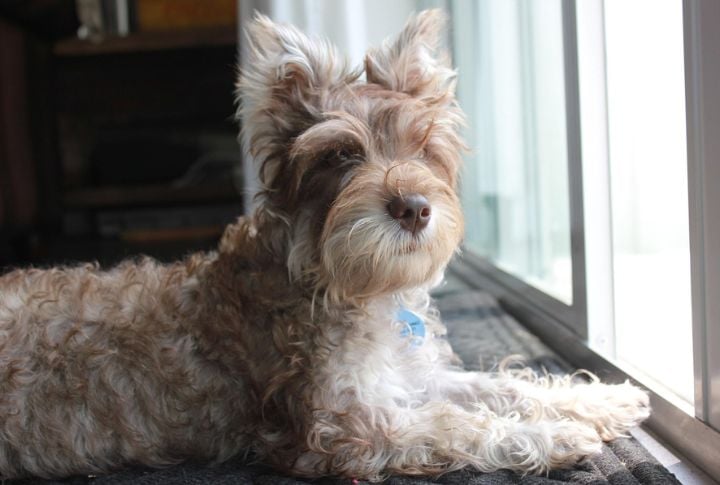
The Miniature Schnauzer generally bonds well with respectful, older children but can become snappy around toddlers who invade its space. Its patience has limits, and it doesn’t tolerate rough handling well. While early socialization can help, it won’t completely overcome a natural aversion to unpredictable or overly physical behavior.
Needs A Firm But Loving Leader
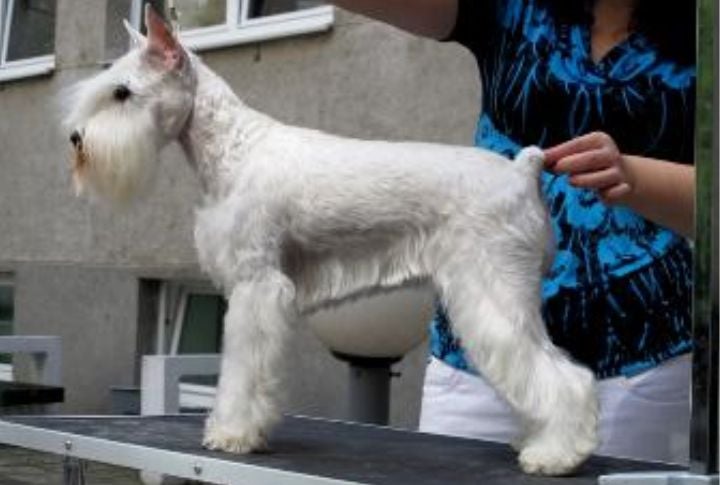
Miniature Schnauzers test boundaries and look for consistency in their humans. When rules shift or discipline is inconsistent, they may take control of the household dynamic. Therefore, mixing affection with structure, like crate training and scheduled routines, will help owners raise more balanced, well-behaved dogs.
Health Issues Can Add Up
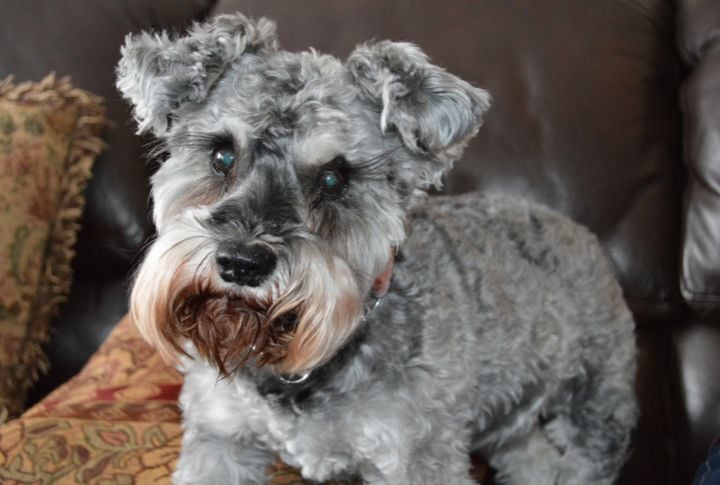
This breed is prone to several hereditary conditions, including pancreatitis, hyperlipidemia, and cataracts. Regular vet visits and blood panels become essential, especially as they age. Many owners find themselves managing strict diets or medications starting as early as middle age, roughly around 6 or 7 years old.
Territorial Tendencies
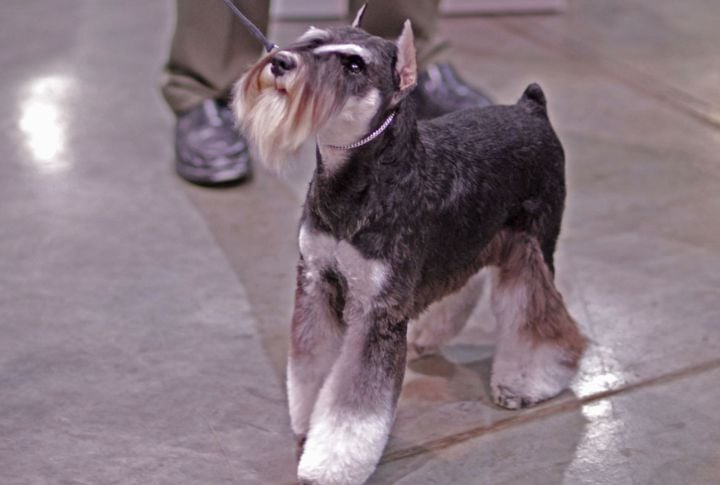
The Schnauzer guards the home fiercely, standing sentry at windows or doors. Even familiar guests can receive a warning bark or suspicious stare. Socializing it early with various people and places helps reduce reactivity, but its territorial nature remains deeply rooted due to the dog’s watchdog background.
Adaptable, Yet Not Always Easygoing
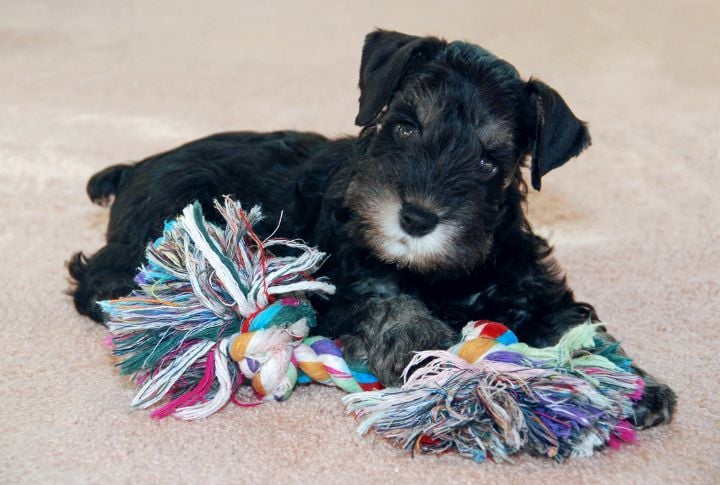
Miniature Schnauzers adjust well to city or country life, provided their mental and physical needs are met. Still, they dislike being left alone for long stretches and can develop separation anxiety. Owners with demanding work hours or inconsistent schedules may struggle to stabilize this dog emotionally.
Hypoallergenic, But Not Allergy-Proof

Their wiry coat sheds very little, making them a common choice for allergy-sensitive households. However, no dog is truly hypoallergenic: dander and saliva can trigger reactions. Regular bathing and brushing can reduce allergens, but severely sensitive individuals should spend time around the breed before committing.
May Not Mesh With Other Dogs
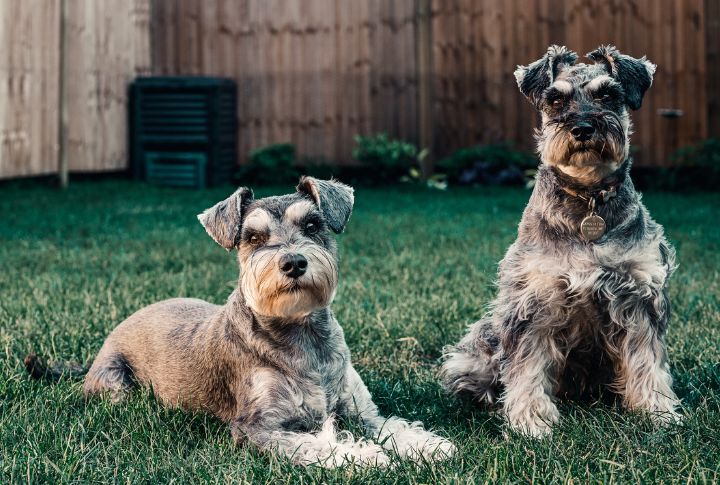
Though social with people, some Miniature Schnauzers show dominance or reactivity toward other dogs, especially those of the same gender. Dog parks can be hit or miss unless socialized early and often. Male-on-male aggression, in particular, has been noted by many long-time breed owners.
Lives Longer Than Most Medium Breeds

Through proper care, Miniature Schnauzers often live 12 to 15 years, sometimes longer. This longevity means a long-term commitment, including years of senior care needs like joint supplements, vision checks, or modified exercise routines. A few even reach 16 or 17 with excellent veterinary attention and daily care.
Grooming Costs Add Up Over Time
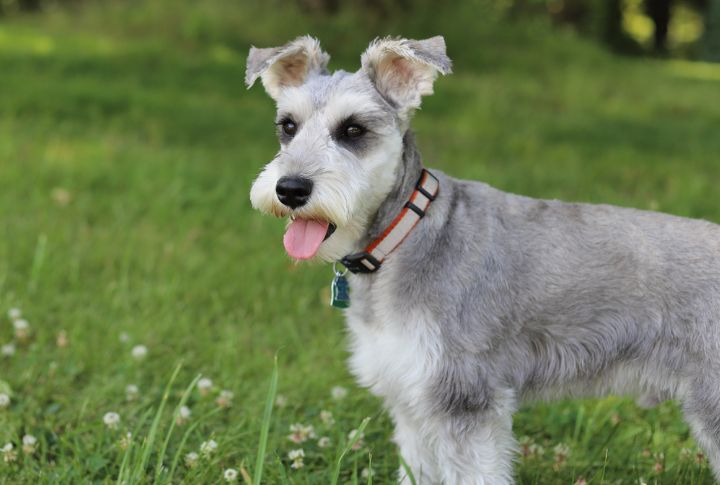
While their coat doesn’t shed heavily, professional trimming every 6 to 8 weeks prevents matting and maintains the breed’s shape. Grooming costs typically range from $60 to $100 per visit. Over a decade, these routine sessions can add thousands to the total cost of ownership.


